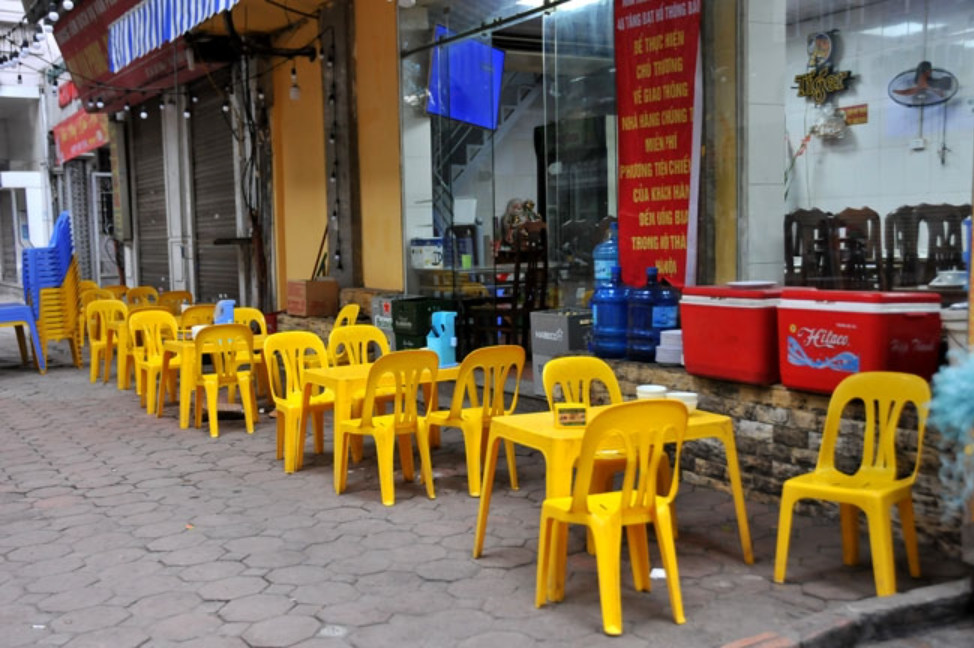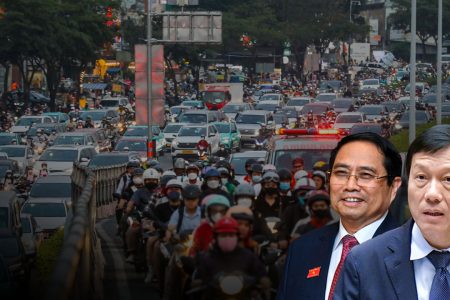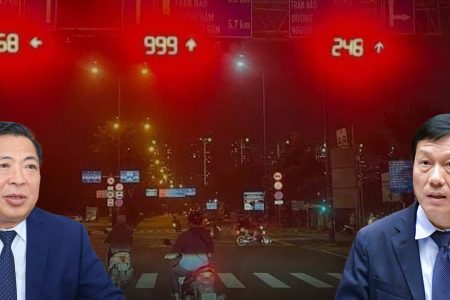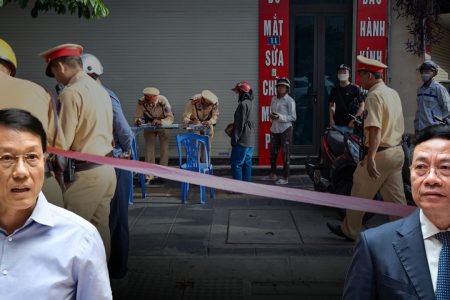
After 11 months, the Vietnamese economy’s trade surplus reached $24.4 billion, up $14 billion more than last year. However, don’t be too happy about this number. Because it is necessary to consider which economic sectors bring about the trade surplus for Vietnam.
It is known that the FDI sector alone (also known as the foreign sector) contributed 73.4% of the total export value, equivalent to $224.57 billion. Meanwhile, this bloc imported $181.08 billion. In total, FDI has brought a surplus of $43.49 billion to the Vietnamese economy.
So the question is, how much have the state-owned enterprises and private enterprises (collectively referred to as the domestic sector) brought back to Vietnam? Or are they causing the economy to bleed foreign currency?
Also according to statistics, the domestic sector exported $81.49 billion, while they imported up to $100.54 billion. So, the domestic sector has bleeding foreign currency a not small amount, it is equivalent to $19.05 billion.
Last year, the amount of remittances sent to Vietnam was $19 billion. This year, the World Bank predicts Vietnam’s remittances will be $14 billion. However, some economic commentators said they believe this year’s remittances are equal to or higher than last year, not lower. Because Vietnam’s remittances have never had negative growth. They forecast that remittances this year could be between $19 to $20 billion. If this prediction is correct, the amount of foreign currency bleeding by the domestic sector is equivalent to the amount of remittances sent back.
In recent years, FDI has played an increasingly larger role in export turnover, even though they only account for 19% of social capital, and only 5% of total businesses. In previous years, FDI accounted for 69 to 70% of total export turnover, but in the past 2 years, this sector has increased its export proportion to 74%. This shows that the domestic sector is falling behind the foreign sector. In order for the economy to become stronger day by day, the domestic sector must gradually increase its role in the economy, not gradually reduce its role. This is the obvious weakness of incumbent Prime Minister Pham Minh Chinh.
If Vietnam’s economy is an organism, then the state-owned enterprise sector and the private enterprise sector are like two legs, while the FDI sector is only a supporting component for the economy, it is compared to a tree crutch. However, the current Vietnamese economy seems to have both legs paralyzed and only stands on wooden crutches. This is an economy without a foundation. If FDI withdraws, Vietnam’s economy will collapse like a sand castle. The Communist Party’s leadership has created such a hollow economy. The consequences are the people’s responsibility, but the Party is still strong and officials are still rich.
Also according to statistics, the United States is still Vietnam’s largest export market, with an estimated turnover of $88 billion. China is Vietnam’s largest import market, with an estimated turnover of $99.6 billion. In the first 11 months of 2023, trade surplus to the United States is estimated to reach $75.5 billion while trade deficit from China is $43.7 billion.
In general, the Vietnamese economy is earning foreign currency from the US market and “offering” most of it to the Chinese market.
For Vietnam to be independent from China, it must be independent both economically and politically. Economically, it is necessary to reduce dependence on the Chinese economy. However, with crippled legs that the Party does not know how to treat, how can the Vietnamese economy stand on its own? Therefore, under the rule of the Communist Party of Vietnam, Vietnam will only become more and more dependent on China, both economically and politically.
That is what is shown through the numbers. If we go deeply into people’s lives and look at Vietnam’s market situation, we will see that it is broken amd cannot be fixed.
Thoibao.de (Translated)




























